Greetings,
I would like to introduce a unique Townsendia species I found 6 years ago growing on the limestone ridges that line the eastern side of Beartooth mountains in Montana. The plants resemble T. condensata, but key out as T. spathulata. I call them cottonballs because of the extra woolly appearance. Please enjoy the photos:
Here is a photo of the habitat. It is home to many gems, including the rare Shoshonea pulvinata: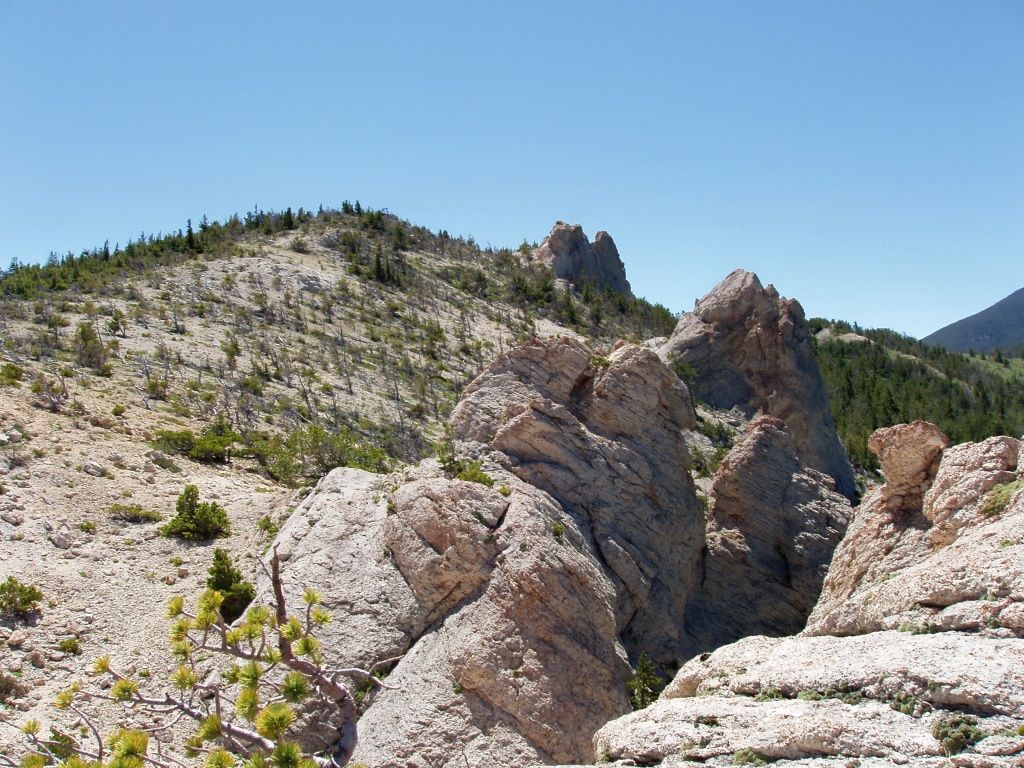
Here are some shots of wild plants. It is easy to see why I call them cottonballs:
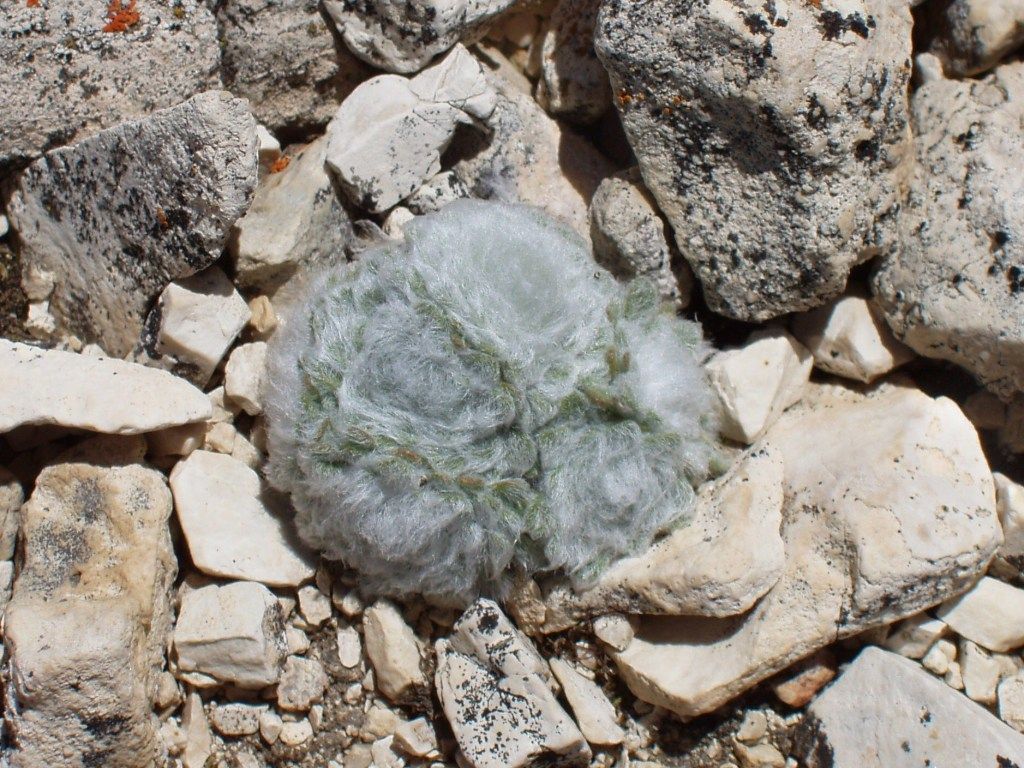


This is a 6 month old seedling followed by a 1 year old plant blooming for the first time: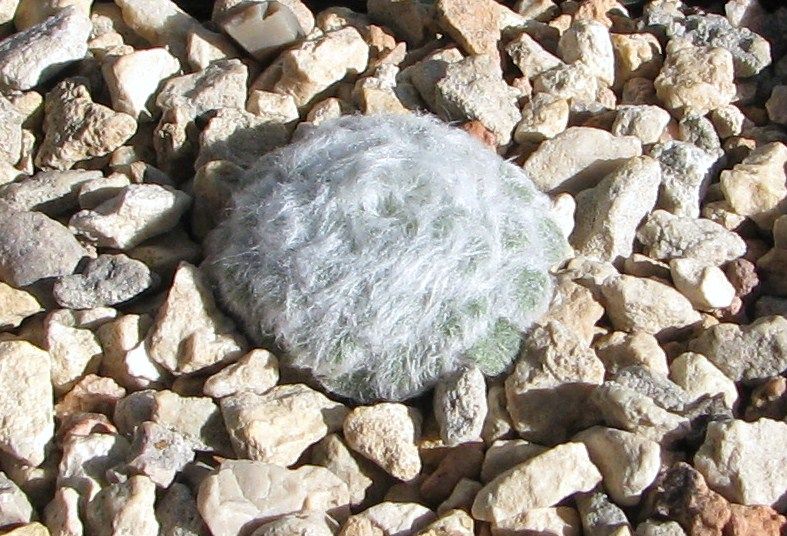
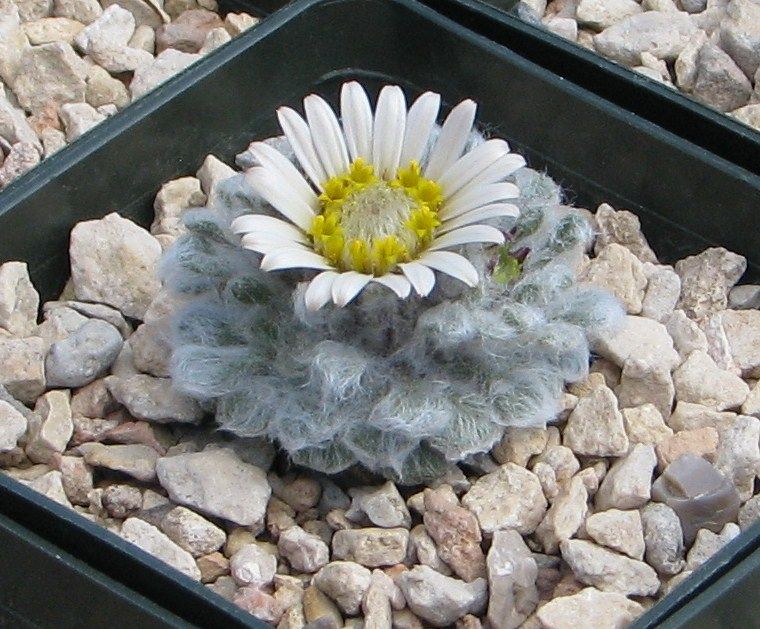
Here are some 2 year old plants that I grew from seed:

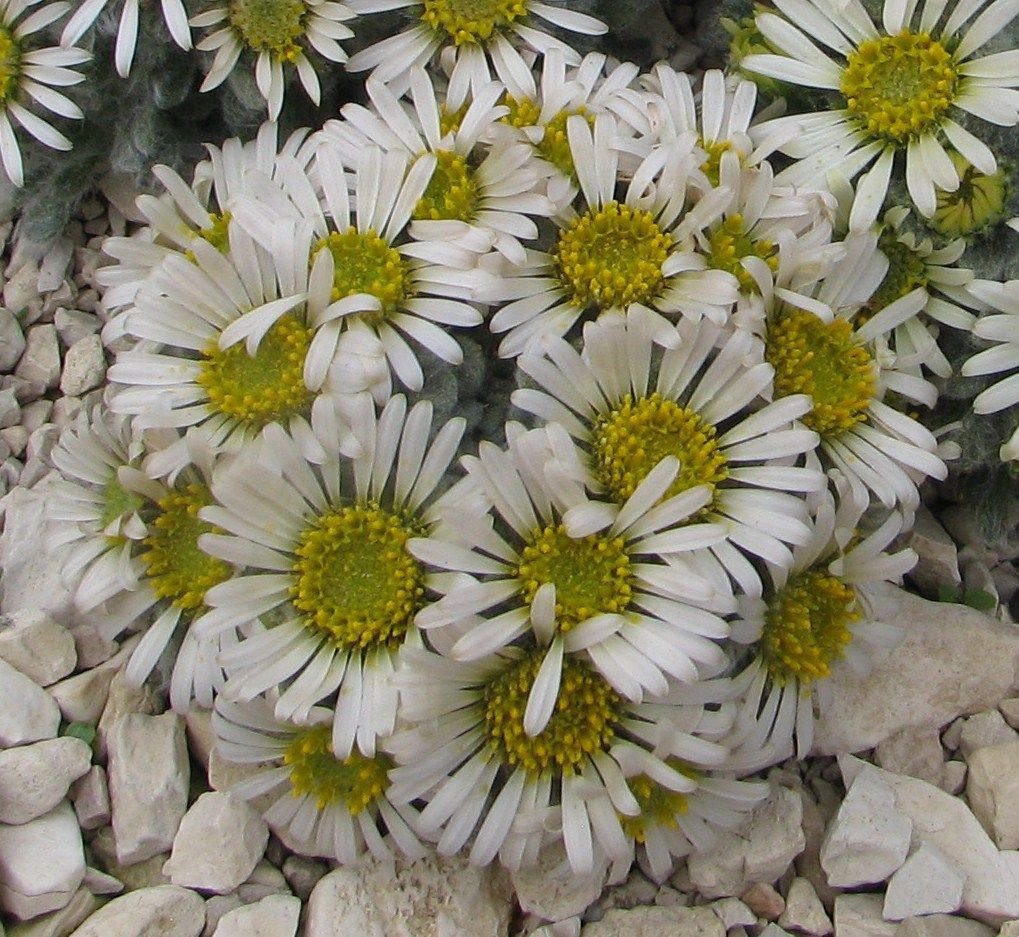

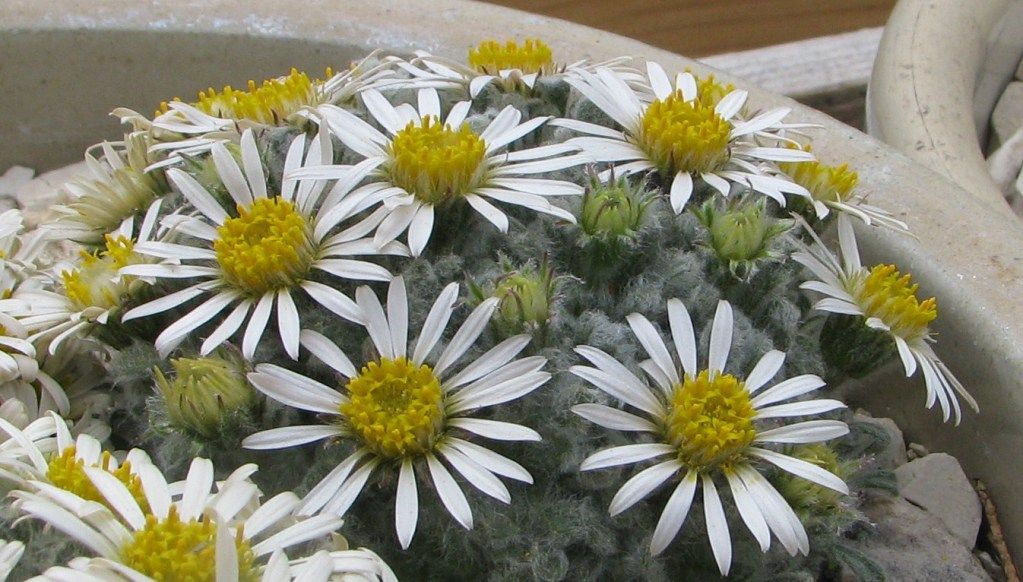
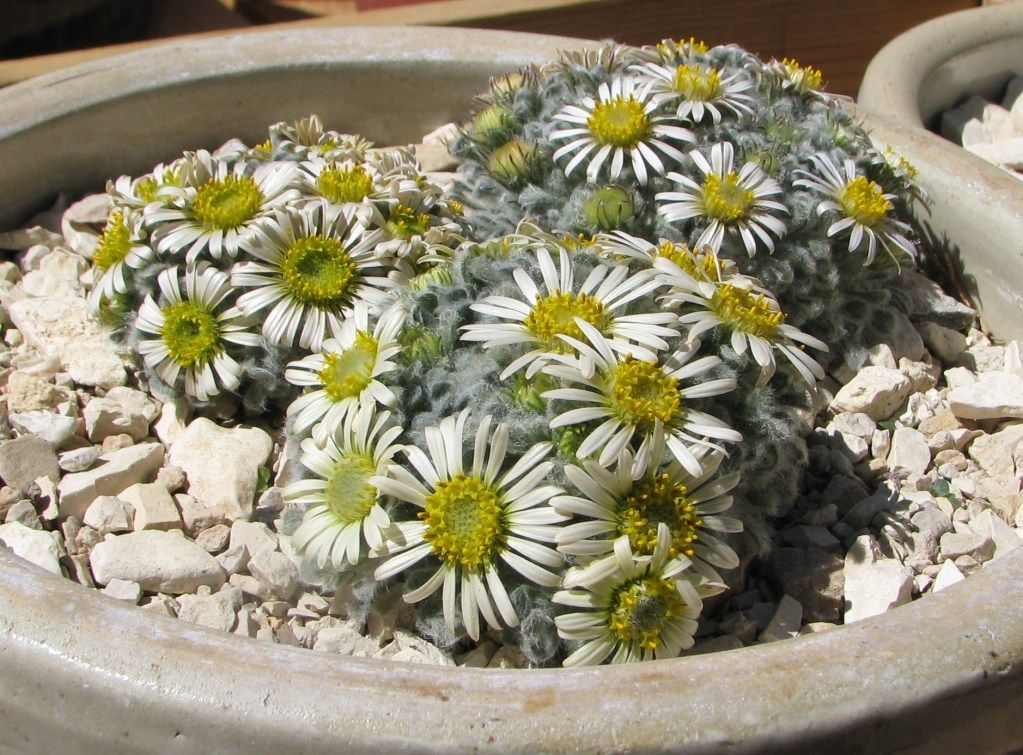
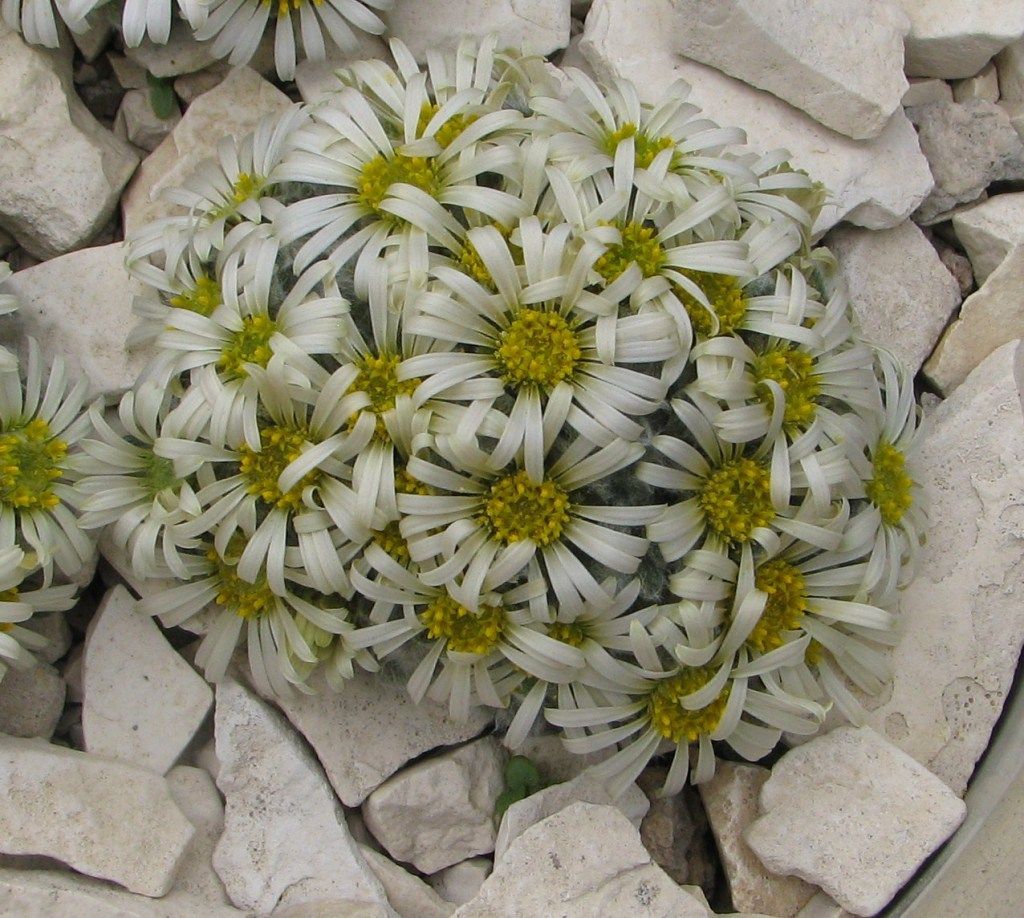
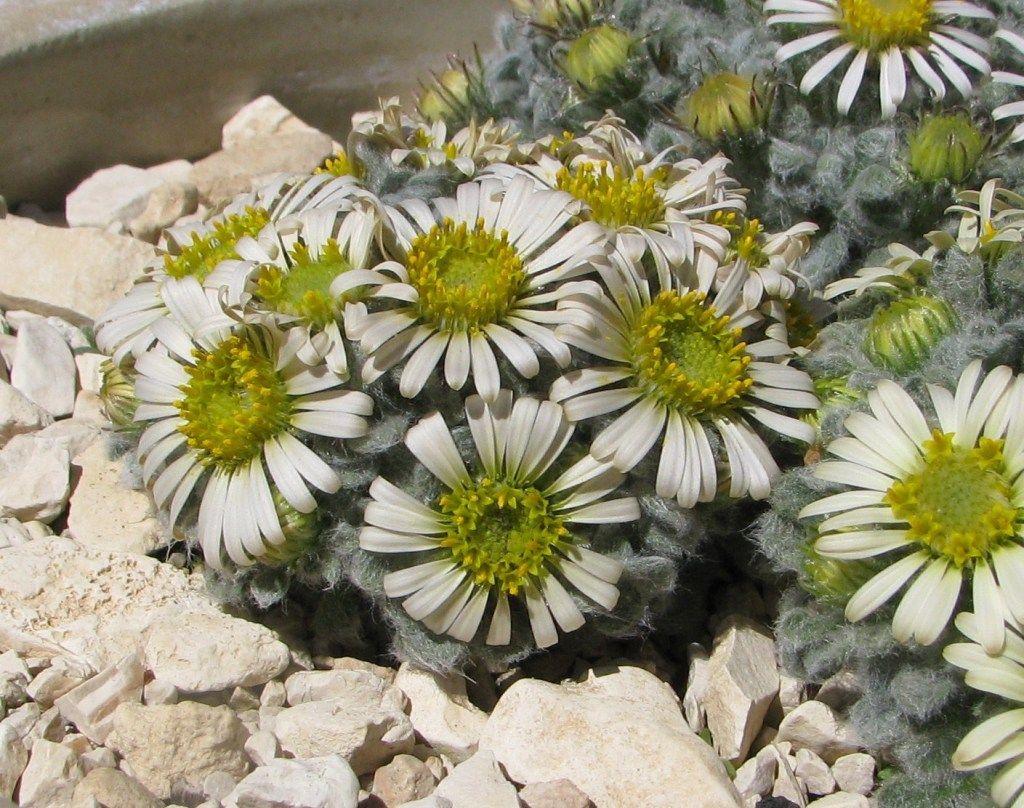
Comments
Mark McDonough
Re: Townsendia spathulata (cottonball)
Mon, 04/30/2012 - 5:13pmBrian, welcome to the NARGS Forum! You show us a truly incredible Townsendia form, the foliage rosettes are breathtaking. I assume that such a wooly form of T. spathulata will be extremely sensitive to moisture, please tell us about your cultivation regime to bring these cotton balls to flowering.
Looking forward to seeing some of the other plant gems growing in Montana (and that magnificent scenery too).
By the way, is this form of Townsendia spathulata the same as the ones being called Pryor Mountains form, as seen on the Scottish Rock Garden Club Forum (SRGC), you are mentioned in the following topic:
http://www.srgc.net/forum/index.php?topic=3437.msg161515#msg161515
:)
Richard T. Rodich
Re: Townsendia spathulata (cottonball)
Mon, 04/30/2012 - 6:34pmFabulous!!! And what a debut for you on the Forum, Brian. Welcome!
From now on, I think you're going to be known as "the man who grows townsendias so excellently". ;D
I would very much like to hear your cultivation technique, too.
(Also: love the "bonsai" pine in the foreground of the first pic.)
Brian_W (not verified)
Re: Townsendia spathulata (cottonball)
Tue, 05/01/2012 - 9:37amGreetings,
Thanks for the compliments. The cottonballs have been in cultivation in the UK from seed I distributed to Graham Nicholls. In a wetter climate the plants aren't quite as woolly as the wild ones. I am the only person in the US that is growing them. I grow the plants in deep, glazed clay pots in a soil mix that is mostly limestone chips (collected from rockslides in the mountains), with a bit of decomposed pine needles mixed in. The roots need to stay cool and a deep pot helps but if I had a rock garden, I would like to try them there. They can take a lot of sun and heat, and that helps develop the wool on the leaves and flower development. Last year I experimented mixing a dry organic product called "Bio-Live" in the soil. It contains a mix of beneficial microbes plus dried ground fish and other ingredients. It made the pots stink for a week, but the growth and flowering is amazing (the two year old plants in the above photos were grown in this mix).
The Pryor mountain form of T. spathulata is different from the cottonballs and also very unique. The leaves aren't quite as woolly, and the flowers are various shades of pink or purple. The two populations grow on separate mountain ranges, but I believe they are closely related and geographical isolation has created their unique features.
Here are some photos of T. spathulata from the Pryor mountains. Compare these with the cottonballs and you can see the differences.
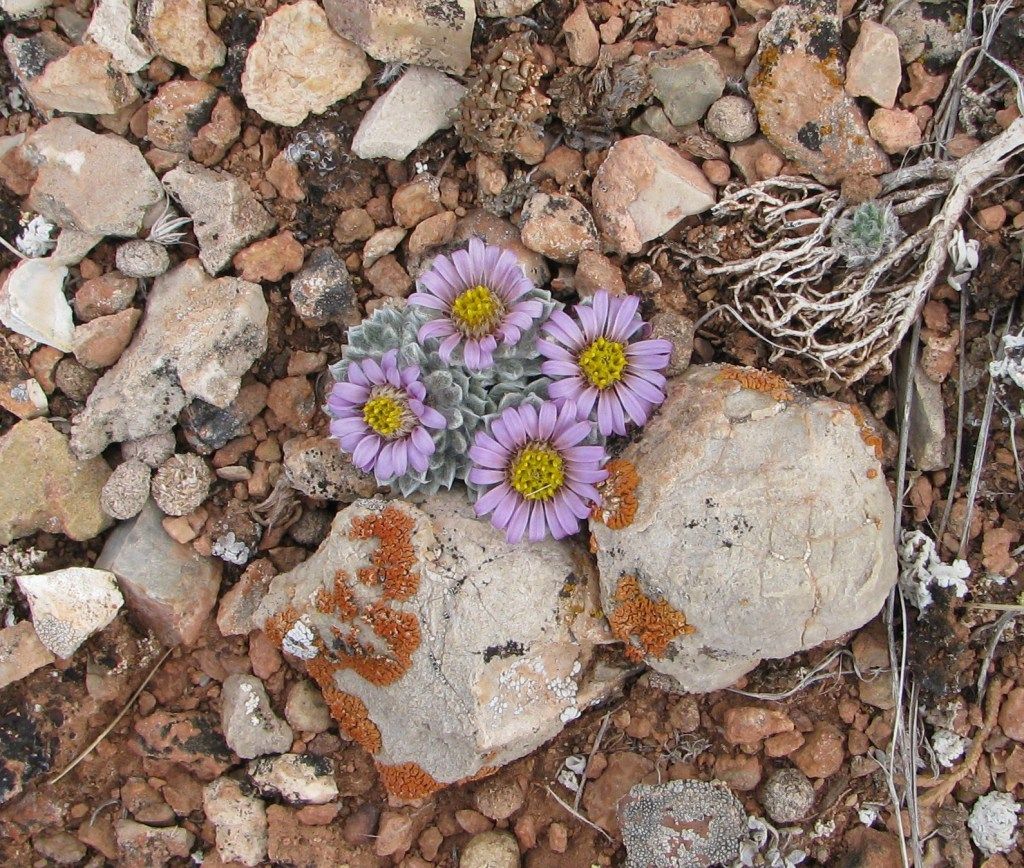
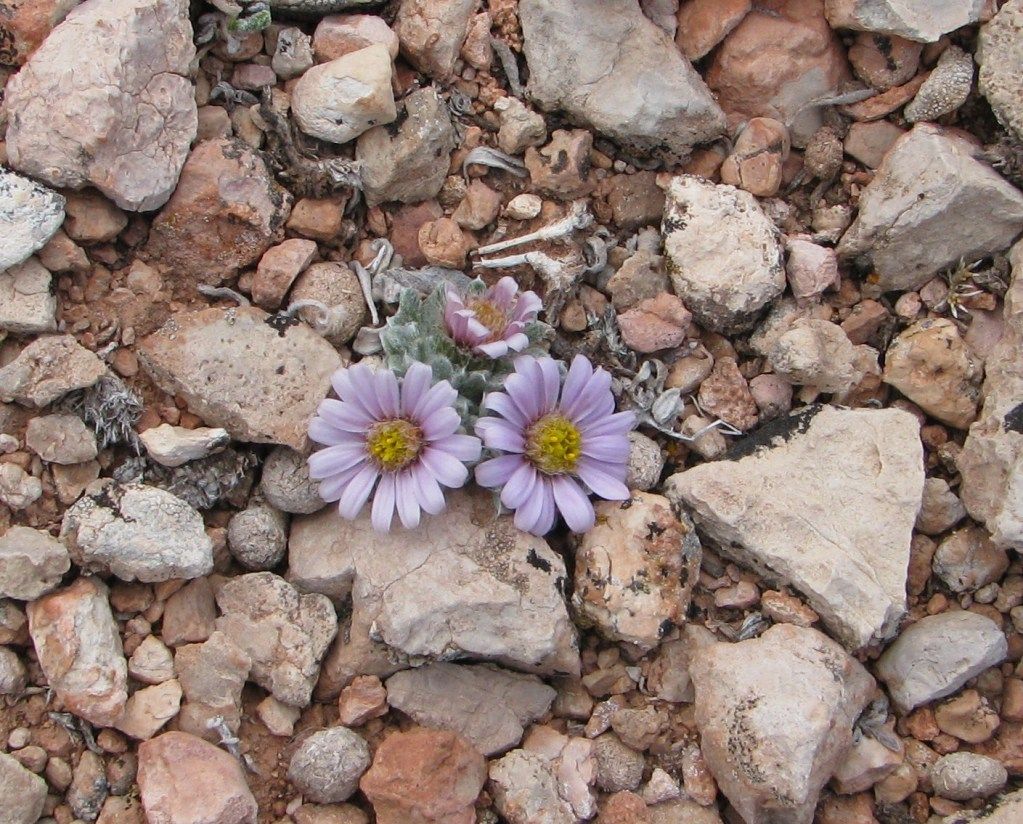
Mark McDonough
Re: Townsendia spathulata (cottonball)
Wed, 05/02/2012 - 7:23pmBrian, the Pryor Mountain form are exquisite too, these certainly vie for North America's quintessential alpine plants. I'm wondering why these forms are not grown in North America, only in Europe; surely there are skilled enough growers in North America that would jump at the chance to cultivate these beauties. Is the Pryor form as tractable in cultivation as the cotton ball variety?
Brian_W (not verified)
Re: Townsendia spathulata (cottonball)
Sat, 05/05/2012 - 10:23amGreetings,
In my experience, the Pryors form of T. spathulata is challenging to cultivate on a long term basis. The plants are very sensitive to overwatering, and they are reluctant to set viable seed. The pryors are considered to be a cold desert, with some areas receiving less than 5 inches of precipitation per year. During periods of drought, no rain falls for months at a time. The plants are very adapted to this climate, which makes them difficult in cultivation.
Surprisingly, the cottonball variety is the easiest Townsendia that I've grown. It grows quickly and produces large clusters and abundant flowers. Even in the wet climate of the UK, people can grow the plants until the nearly reach 6 inches in diameter. I'm of the opinion that this variety is a totally unique entity.
Not too many plant wise people frequent the Pryors at the time when the plants are in seed. All it takes is a strong gust of wind and--whoosh--all the seeds are gone. As for the cottonbal variety, only I know the location. I hope to someday get the cottonball variety into the hands of skilled American growers. I am very curious to its true identity. As for now, I am trying to get a good seed set on my homegrown plants.
A few more shots from the pryors:
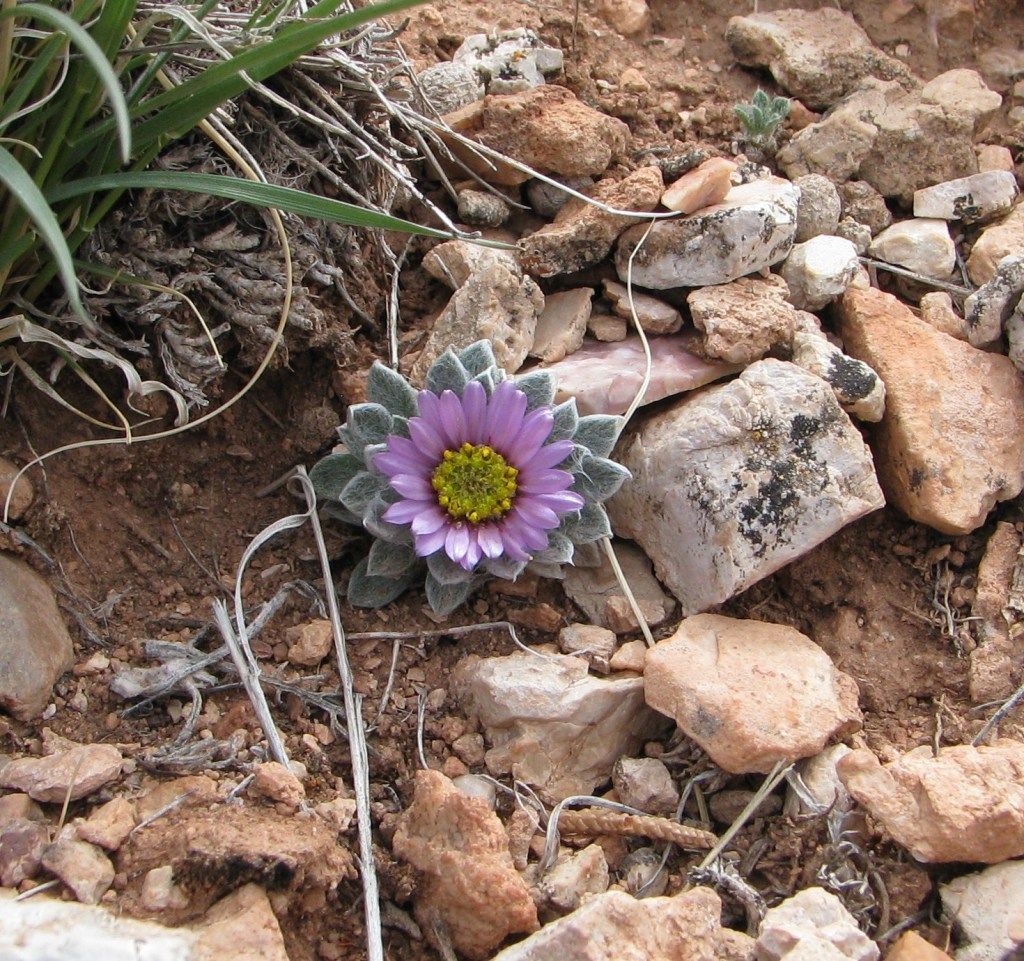



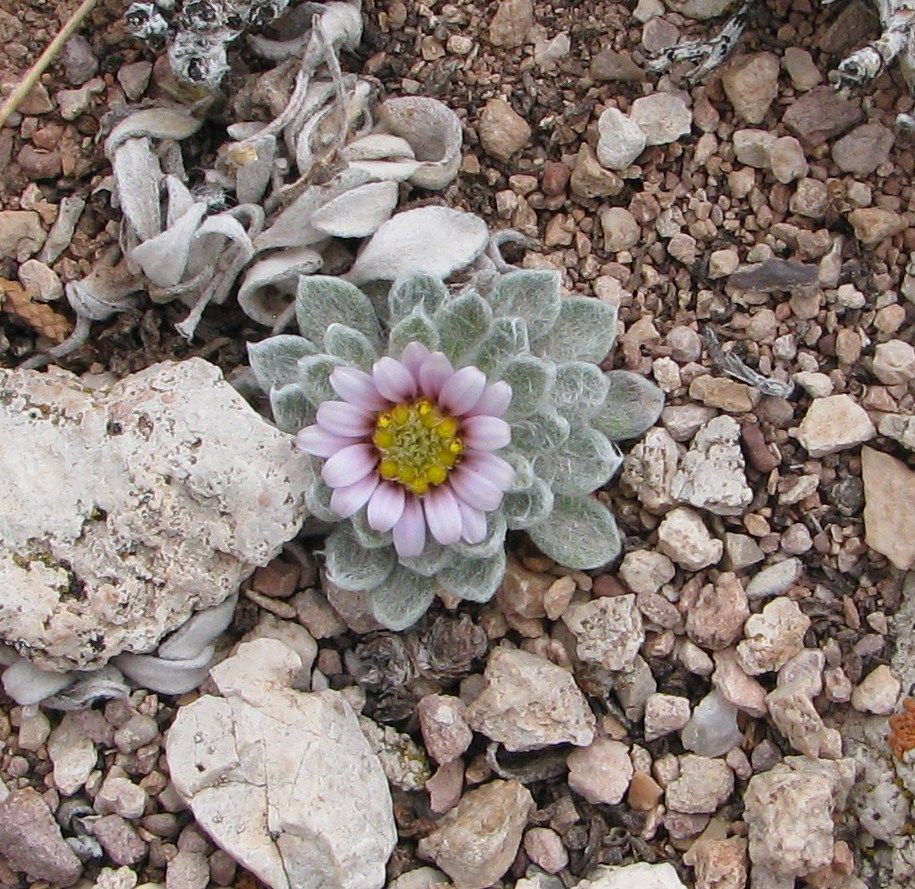
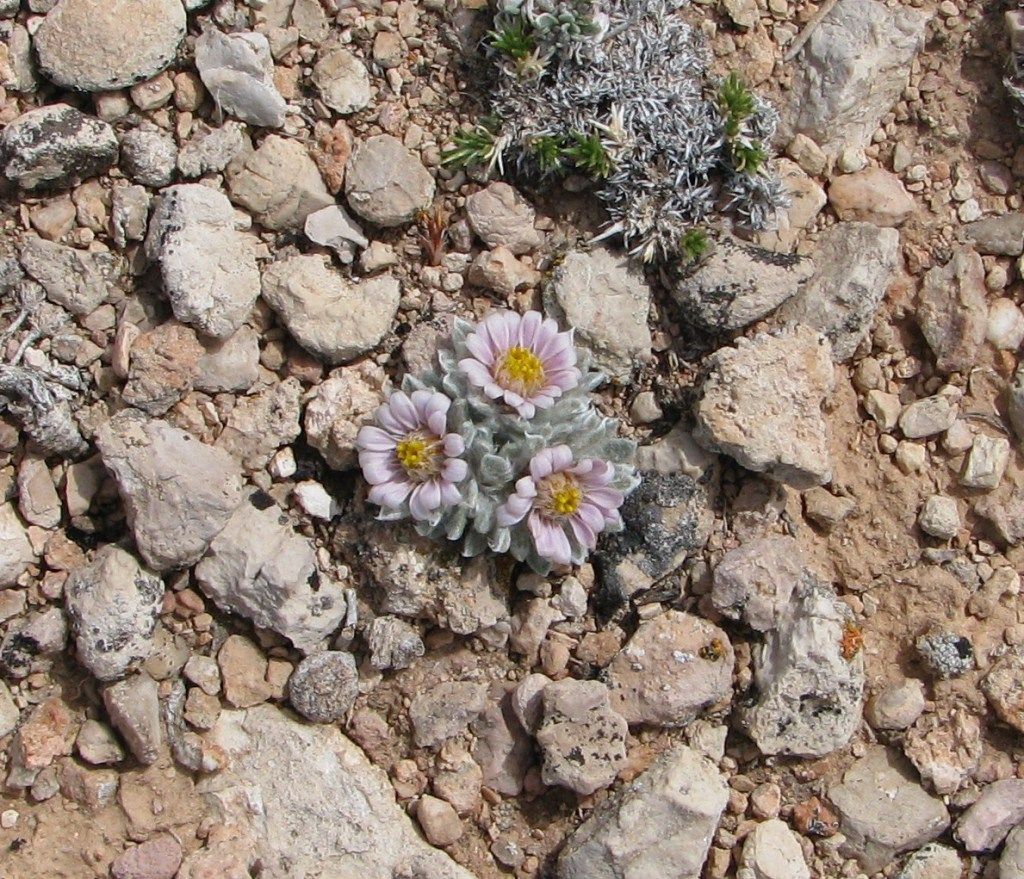
Brian
Trond Hoy
Re: Townsendia spathulata (cottonball)
Sun, 05/06/2012 - 12:45amBrian, this is one of the cutest plants I have ever seen! And the cottonball version is very special! (Hope you don't forget the location!)
I am sorry I have no hope of ever growing any of them as my climate is too moist. Even the driest parts of Norway (with less than 10 inches of yearly precipitation) wouldn't suffice! And the cottonball variety is out of reach I suppose, although the climate at my summerhouse could be to its liking.
Brian_W (not verified)
Re: Townsendia spathulata (cottonball)
Thu, 05/31/2012 - 5:45amGreetings,
Here is a link from a recent show in the UK (scroll down) http://www.alpinegardensociety.net/discussion/atshows//South+West+Show+/2804/?page=4. It's proof that the plants can be grown to perfection even in a wet climate.
Brian
John P. Weiser
Re: Townsendia spathulata (cottonball)
Thu, 05/31/2012 - 11:35amBrian
A very desireable variety indeed. I wish seed were readily avaliable, I think my climate would suit it well.
If you ever want to trade seed let me know, I clean a lot of seed from Sierra and Great Basin species.
Brian_W (not verified)
Re: Townsendia spathulata (cottonball)
Thu, 07/12/2012 - 6:31pmGreetings,
I had the pleasure of visiting the spot where the "cottonballs" grow. This time of year is very hot and dry, and the plants really develop nice, thick wool.
John P. Weiser
Re: Townsendia spathulata (cottonball)
Thu, 07/12/2012 - 8:09pmBrian
Truely amazing!! As you say it needs to be in cultivation.
I want to pet it. 8) Thank you for posting the photos.
Trond Hoy
Re: Townsendia spathulata (cottonball)
Thu, 07/12/2012 - 10:19pmBrian, They are very special and exciting! Do you think the hairs help absorbing moisture during the cooler nights?
cohan (not verified)
Re: Townsendia spathulata (cottonball)
Wed, 08/15/2012 - 3:53pmReally amazing plants, Brian :) I've seen some on the SRGC forum and or IRG magazine? before, and loved them then; both forms you show are stunning! I think Alplains was offering some fuzzy spathulata, presumably not as fuzzy as these?
Hoppel (not verified)
Re: Townsendia spathulata (cottonball)
Tue, 09/25/2012 - 1:03amI'd like to show also my plants of Townsendia spathulata known as 'CottonBall'. I got it from NARGS seed exchange; now it's growing in different spots in my garden - first in small though in full sun, second in rock garden under the roof overhang, third in polycarbonate alpine house. I find then not difficult in such conditions, bu also not too easy. In open garden in my climate in western Poland they would be difficult to keep because of moist autumns and winters. Now, when going dormant they are definitely more like small wooly balls - on photos in intensive growth period they are less compact and wooly.
cohan (not verified)
Re: Townsendia spathulata (cottonball)
Thu, 09/27/2012 - 12:10amGrat plants, thanks for showing them :)
Lori S. (not verified)
Re: Townsendia spathulata (cottonball)
Fri, 09/28/2012 - 2:22pmWonderful plants, Michael!
It's interesting how the flower forms vary between the Pryor Mt. ones and the others.